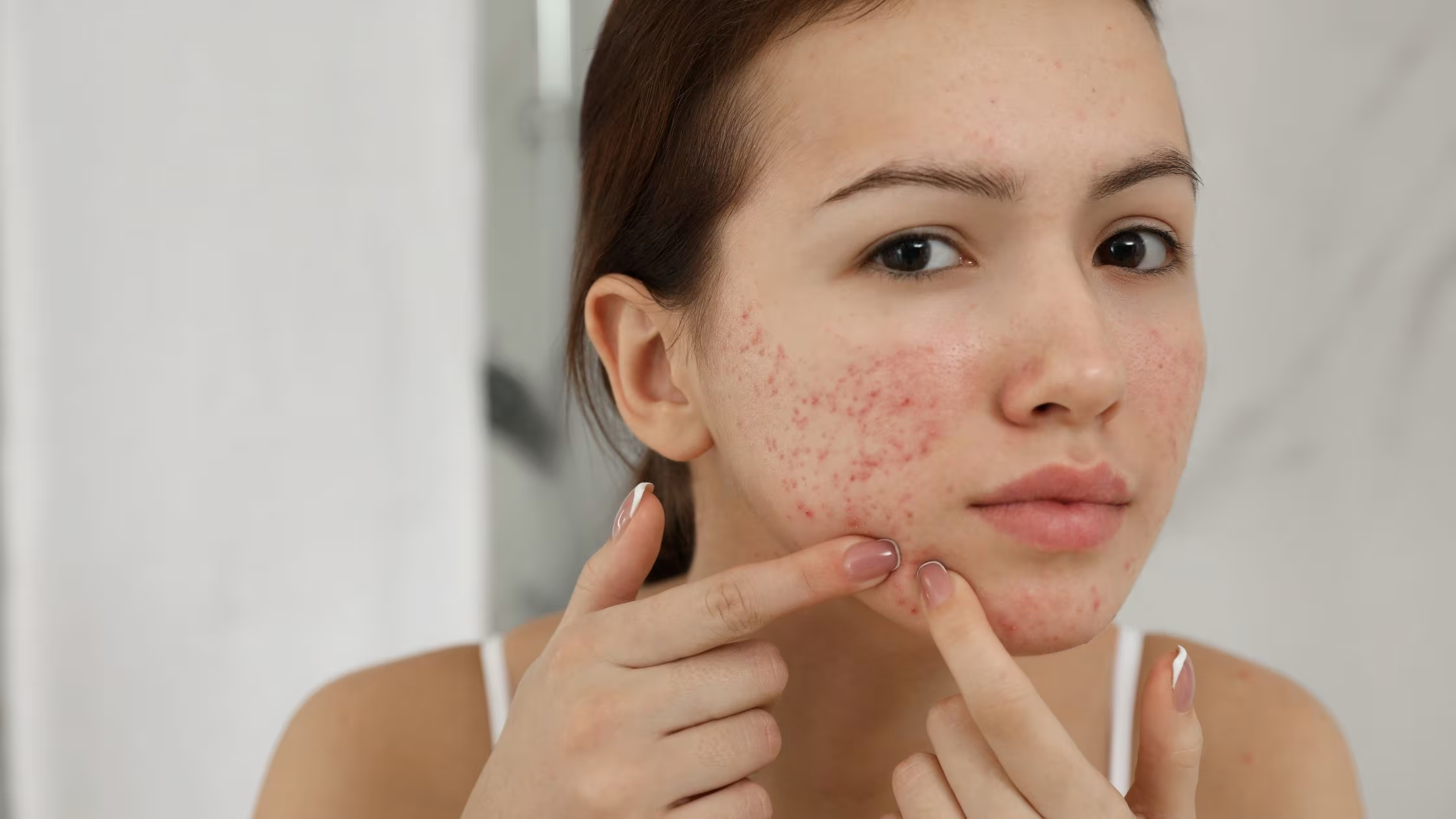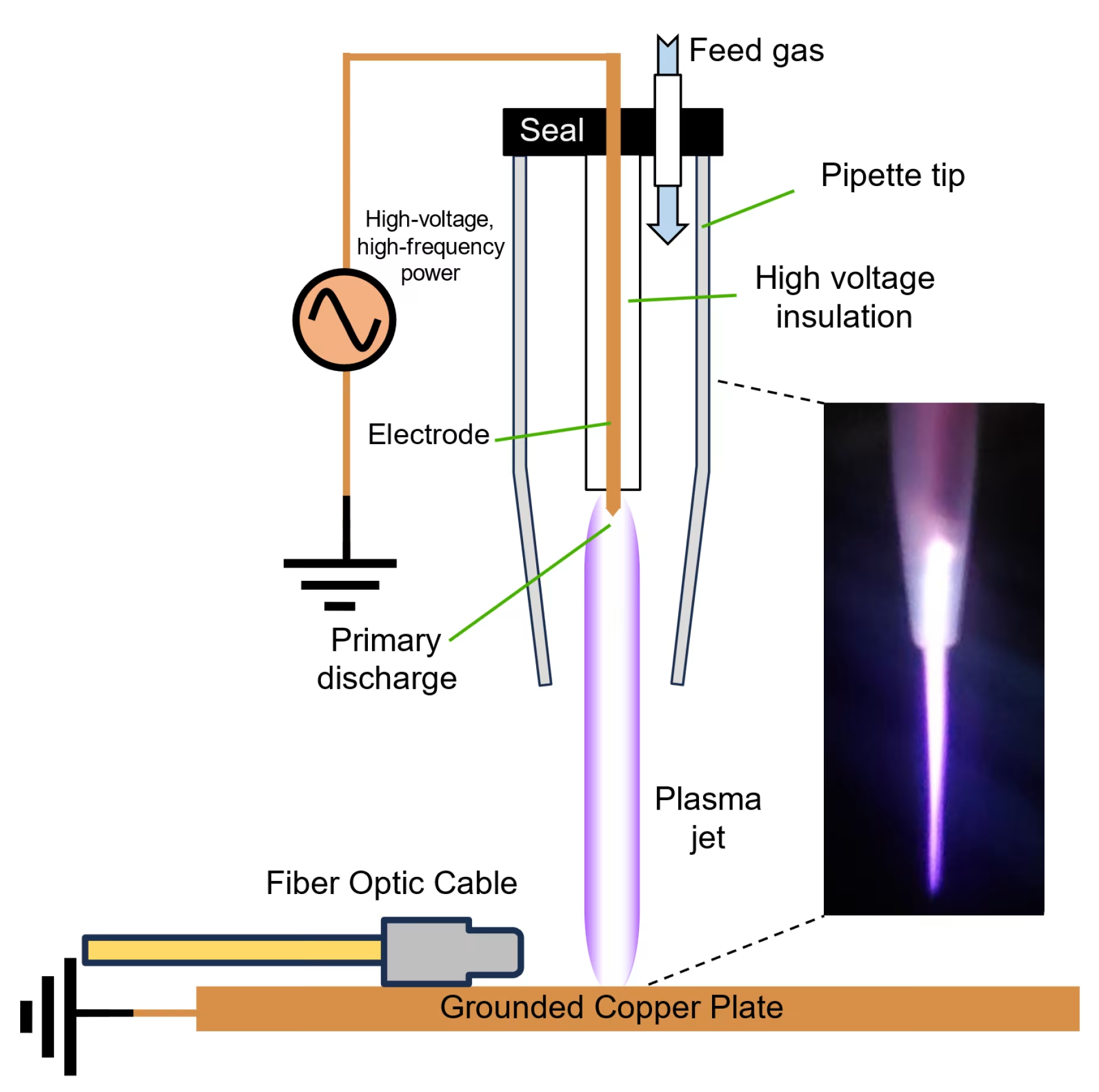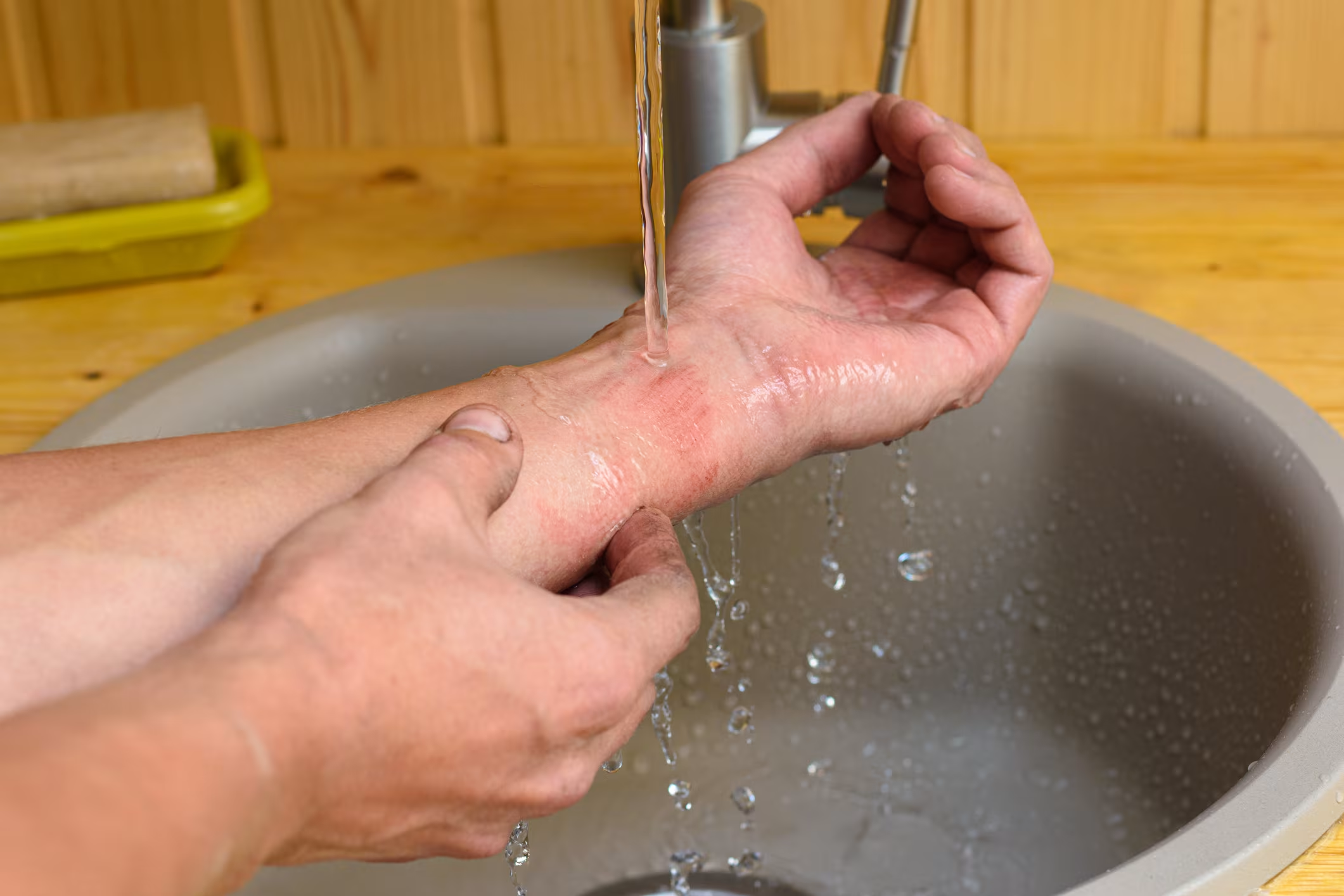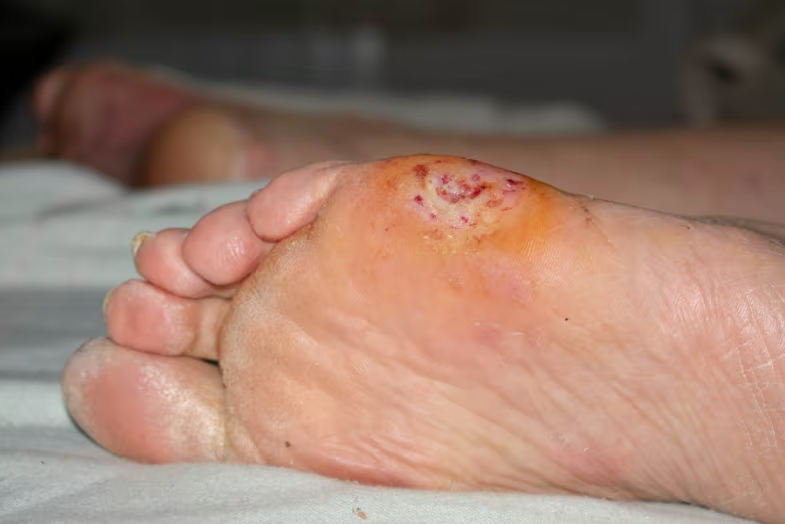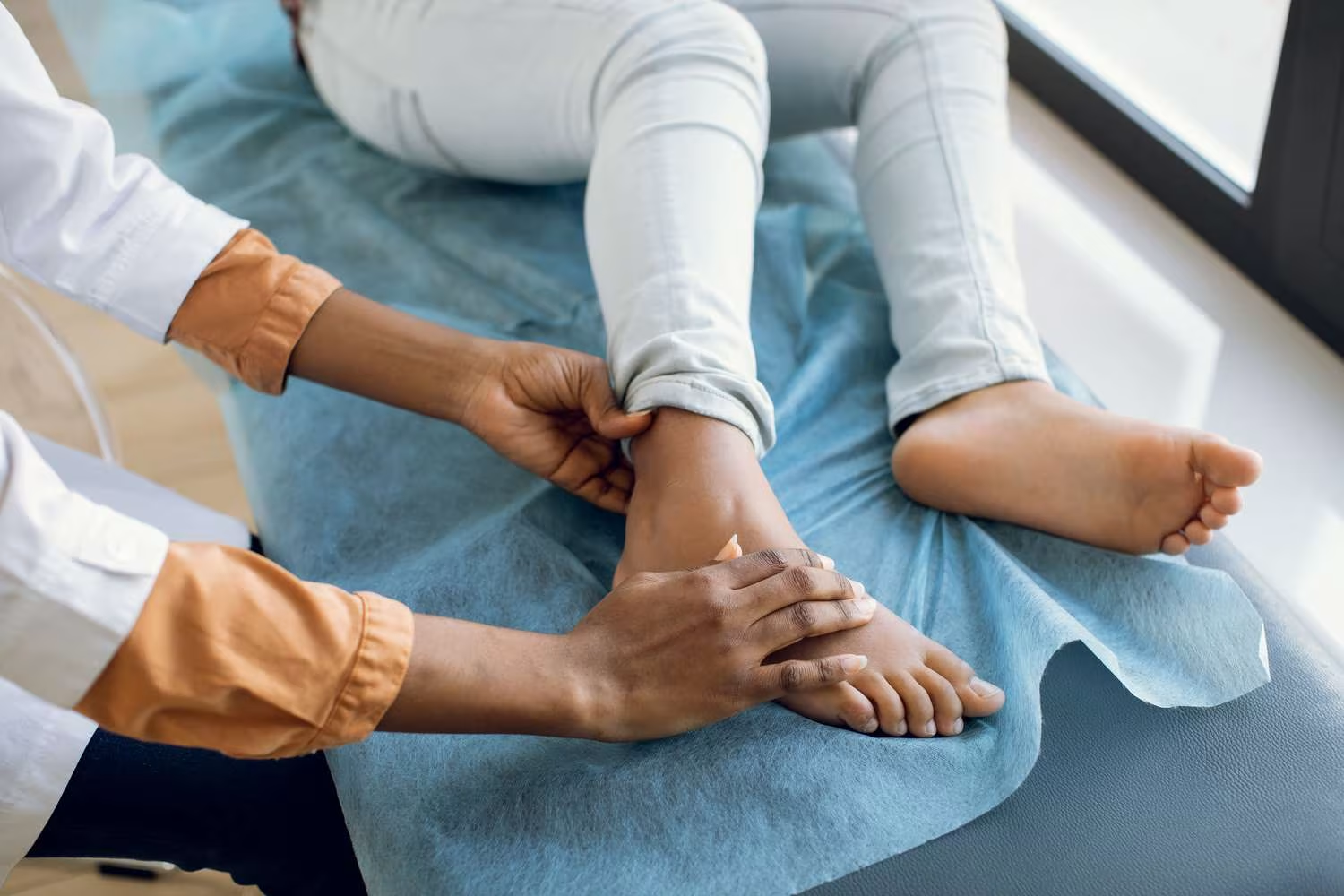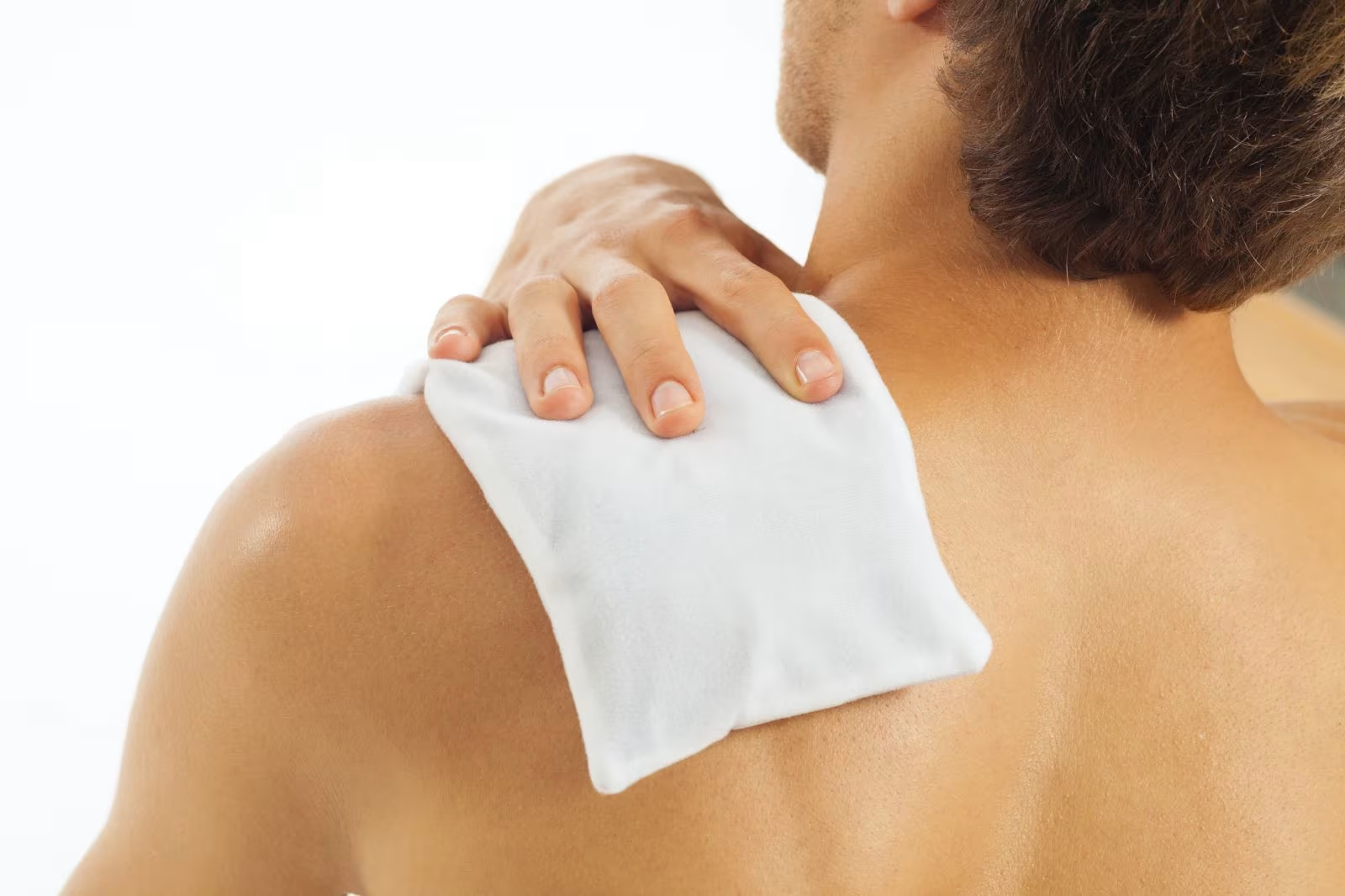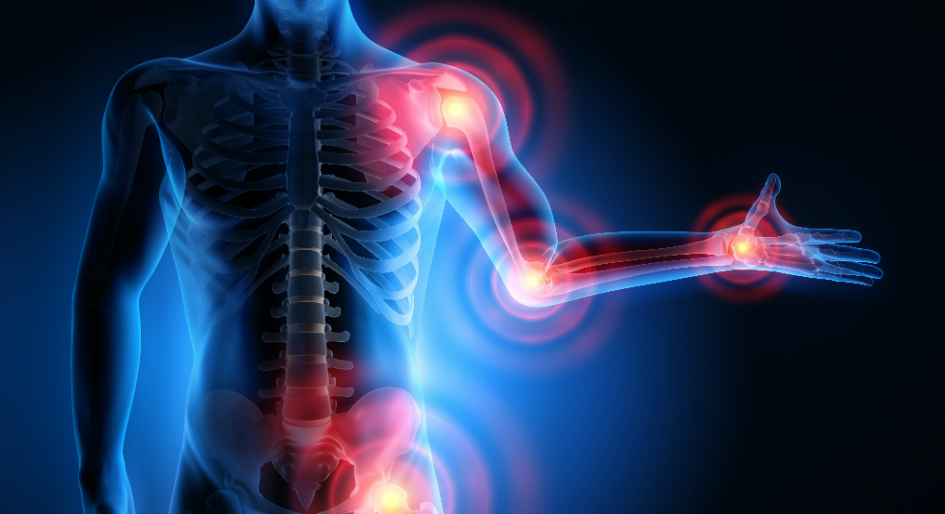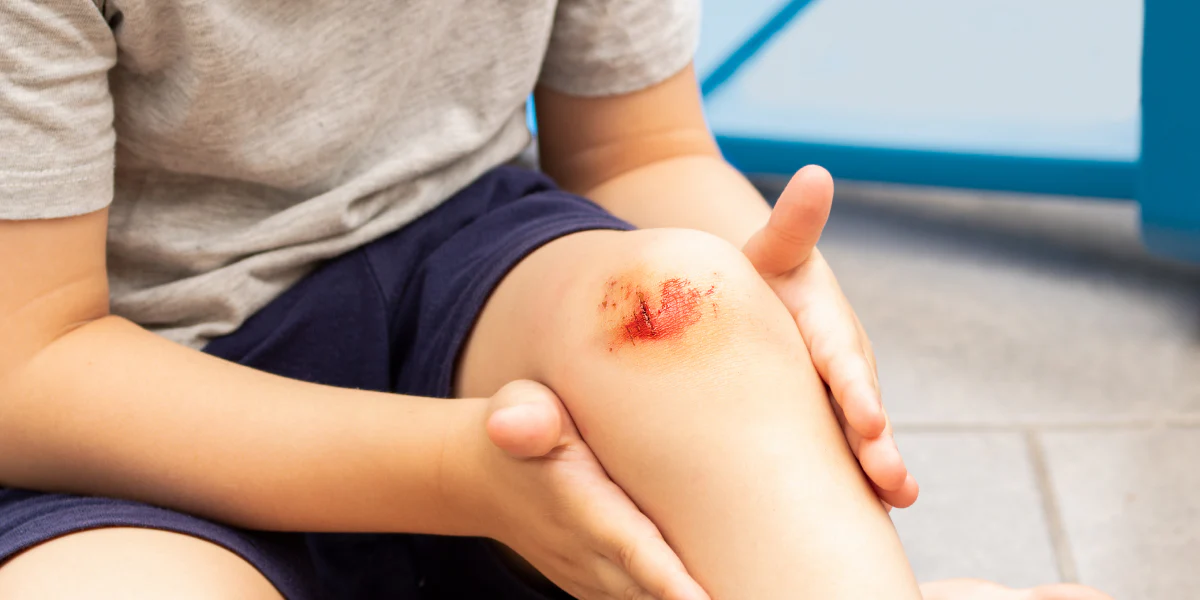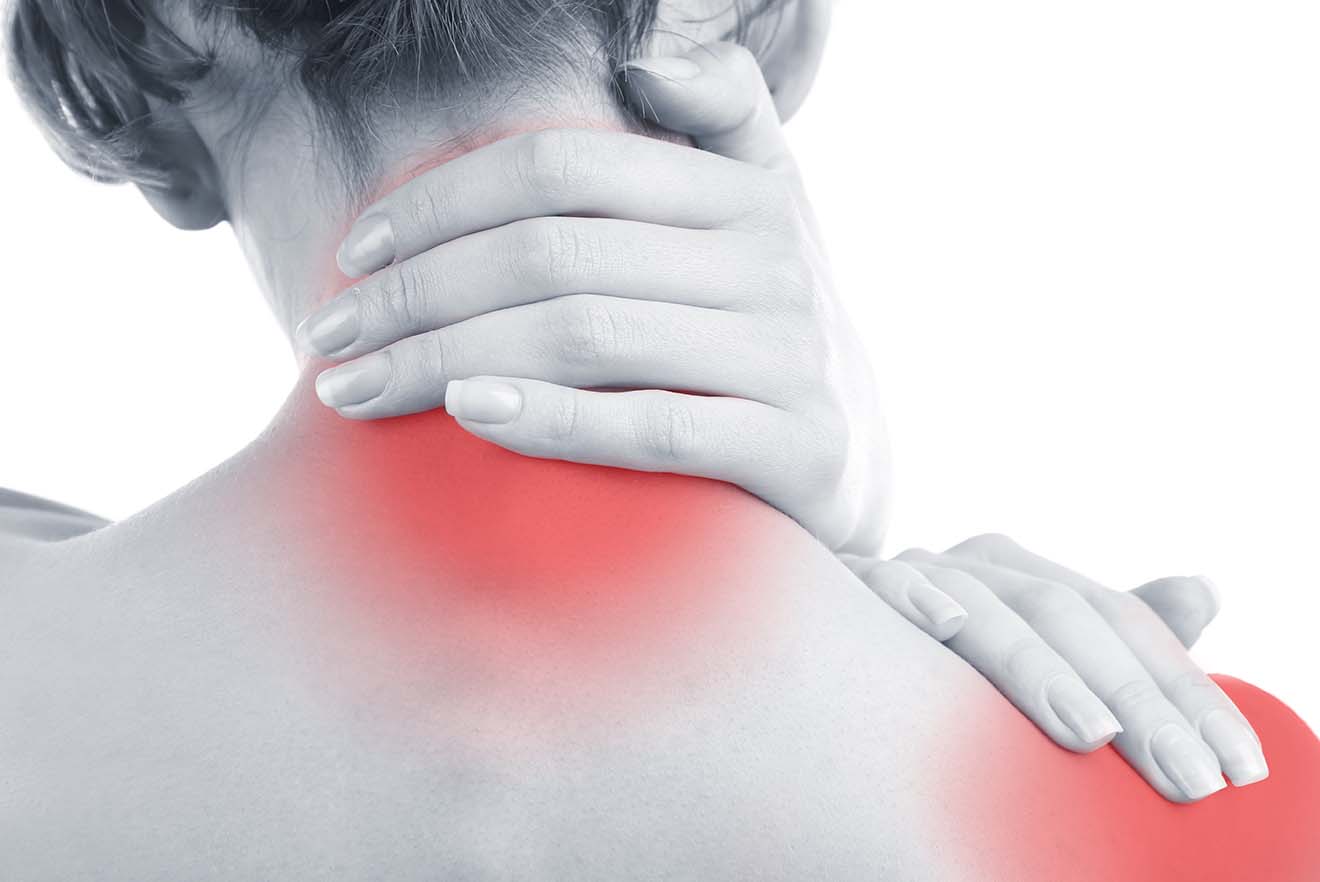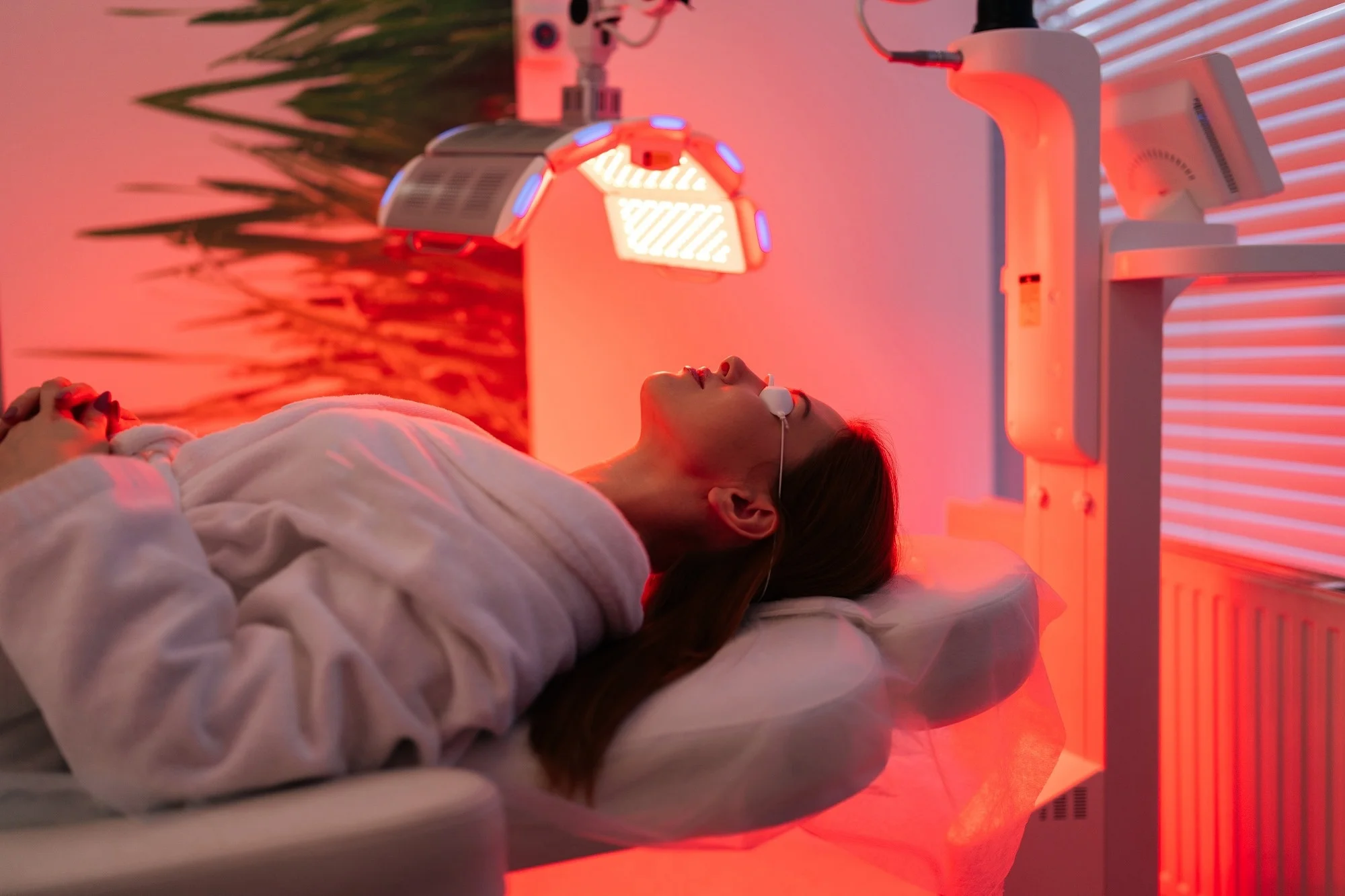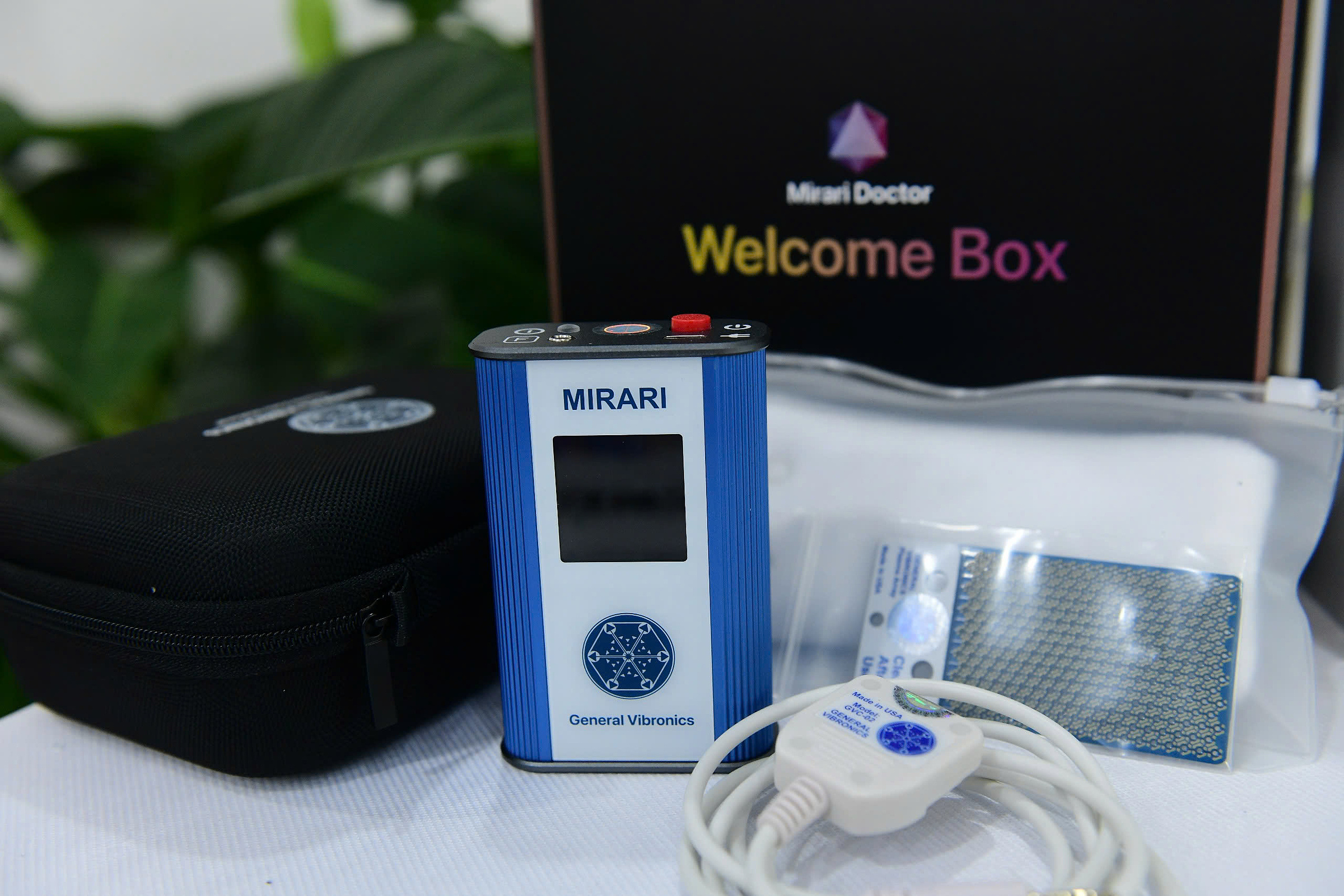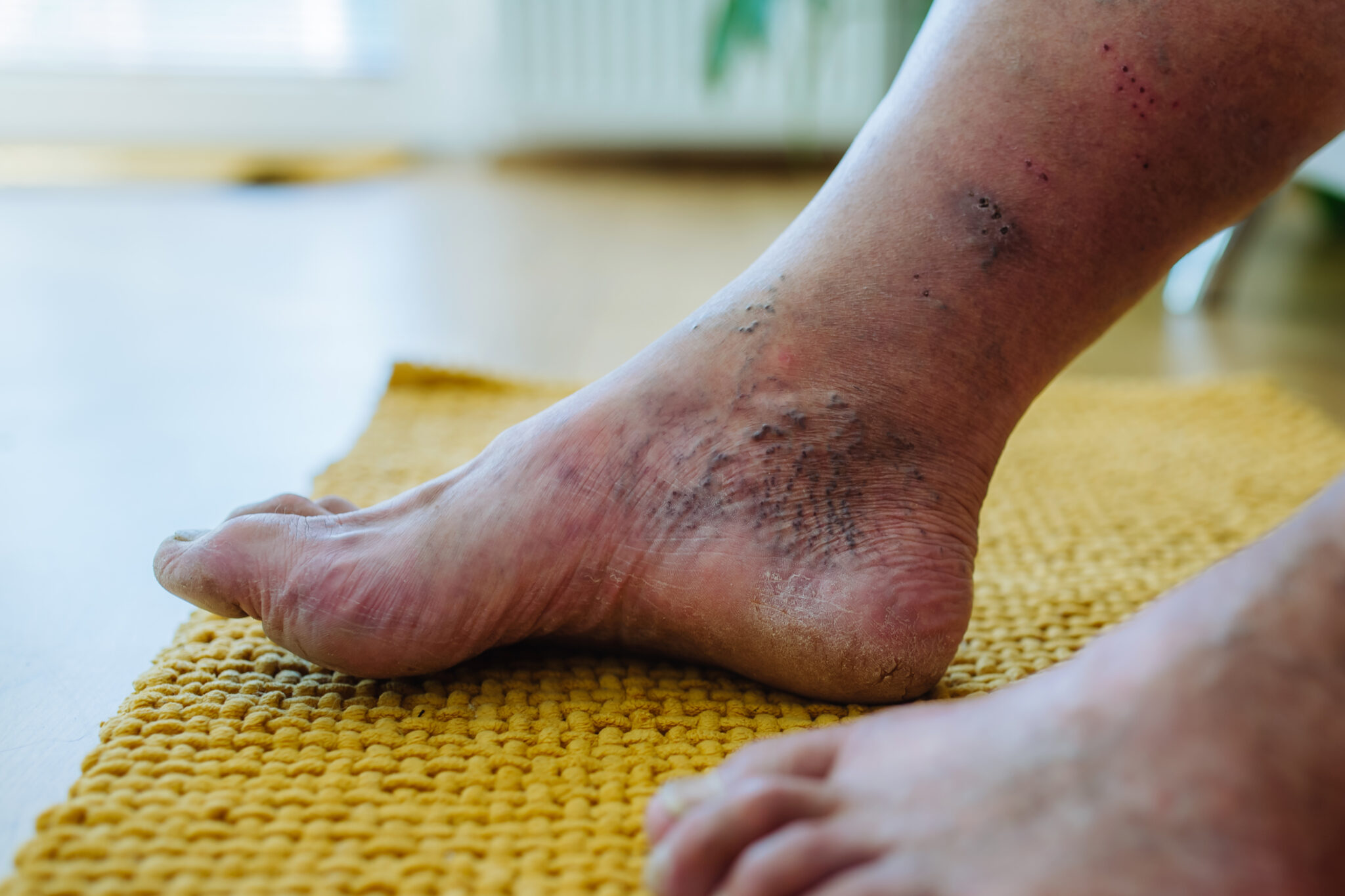You May Be Interested In:
- Cold Plasma for Face: Revolutionary Non-Invasive Skin Rejuvenation Technology
- Cold Plasma for Skin: Revolutionary Non-Invasive Treatment for Skin Rejuvenation and Healing
- Cold Plasma Acne Treatment: Revolutionary Non-Invasive Solution for Clear Skin
- Dermatology: Revolutionary Cold Plasma Technology Transforming Skin Care
Is cold plasma good for wrinkles? Based on extensive clinical research and real-world applications, cold atmospheric plasma (CAP) has emerged as a highly effective, non-invasive treatment for wrinkle reduction and skin rejuvenation. This innovative technology stimulates collagen production, improves skin elasticity, and reduces wrinkle depth through controlled delivery of reactive species at room temperature.
Cold plasma therapy represents a significant advancement in aesthetic medicine, offering patients a safe alternative to traditional laser treatments and invasive procedures. The technology works by generating ionized gas particles that interact with skin cells to promote natural healing and regeneration processes without causing thermal damage.
Understanding Cold Plasma Technology for Wrinkle Treatment
Scientific Mechanisms Behind Cold Plasma Anti-Aging Effects
Cold atmospheric plasma operates through multiple biological pathways that directly address the underlying causes of skin aging and wrinkle formation. The technology generates reactive oxygen species (ROS) and reactive nitrogen species (RNS) that act as cellular signaling agents, triggering beneficial responses in skin tissue[1].
When applied to the skin, cold plasma produces a controlled environment of bioactive molecules that stimulate fibroblast activity. These cells are responsible for producing collagen and elastin, the structural proteins that maintain skin firmness and elasticity. Research demonstrates that cold plasma treatment significantly increases collagen density in the dermis, leading to visible improvements in wrinkle depth and skin texture[2].
Nitric Oxide Generation and Skin Rejuvenation
One of the most significant mechanisms involves nitric oxide (NO) production, which plays a crucial role in skin health and regeneration. Cold plasma treatment increases endothelial nitric oxide synthase (eNOS) expression, leading to enhanced NO production that affects cellular signaling pathways involved in tissue repair and collagen synthesis[3].
The Mirari Cold Plasma System, developed by General Vibronics and commercialized by Mirari Doctor, utilizes proprietary nitric oxide-based technology that distinguishes it from traditional ROS-based systems. This approach provides enhanced safety profiles while maintaining therapeutic efficacy for anti-aging applications.
Hormetic Effects on Extracellular Matrix Production
Cold plasma demonstrates hormetic effects on skin cells, meaning it provides beneficial stress that stimulates cellular repair mechanisms. Low-intensity cold atmospheric plasma has been shown to reduce wrinkles on photoaged skin through hormetic induction of extracellular matrix protein expression in dermal fibroblasts[4].
This controlled stress response activates cellular pathways that increase production of collagen, fibronectin, and other essential proteins that maintain skin structure and appearance. The result is a comprehensive rejuvenation process that addresses multiple aspects of skin aging simultaneously.
Clinical Evidence Supporting Cold Plasma for Wrinkles
Documented Wrinkle Reduction Results
Clinical studies provide compelling evidence for cold plasma’s effectiveness in wrinkle treatment. A prospective cohort study involving 40 women who received full-face cold plasma treatment showed significant improvements in wrinkle severity, with mean Fitzpatrick wrinkle scale scores improving by 0.47 and 0.89 at 4 and 12 weeks post-treatment respectively[5].
Particularly impressive results were reported in patient satisfaction surveys, where 60% of participants observed greater than 75% improvement in dyspigmentation, 50% saw similar improvements in wrinkles, and 57.5% experienced significant enhancement in skin elasticity[5].
Long-Term Efficacy and Sustained Benefits
Research indicates that cold plasma treatments provide sustained benefits that extend well beyond the immediate treatment period. In vivo studies using portable cold plasma devices demonstrated significant clinical improvement in treatment areas, with considerable reduction of wrinkles and hyperpigmentation maintained for extended periods[6].
The Mirari Cold Plasma device has shown particular promise in clinical applications, with patients reporting noticeable improvements in fine lines, wrinkles, and overall skin firmness achieved through regular treatments. The device’s targeted delivery of nitric oxide-enriched cold plasma stimulates the skin’s natural rejuvenation processes, leading to visible results with minimal downtime.
Technical Specifications of Cold Plasma Wrinkle Treatment
| Parameter | Specification | Clinical Application |
|---|---|---|
| Operating Temperature | Room temperature (20-25°C) | Eliminates thermal damage risk |
| Treatment Duration | 20-60 minutes per session | Customizable based on treatment area |
| Session Frequency | Weekly for 5 consecutive sessions | Optimal protocol for wrinkle reduction |
| Reactive Species | ROS, RNS, NO production | Multiple anti-aging mechanisms |
| Energy Delivery | Non-thermal plasma generation | Safe for all skin types |
| Recovery Time | None to minimal | Immediate return to activities |
Clinical Benefits and Treatment Outcomes
| Skin Concern | Treatment Protocol | Expected Results | Timeline |
|---|---|---|---|
| Fine Lines | Weekly sessions for 8-12 weeks | 50-75% improvement in line depth | Visible after 4 weeks |
| Deep Wrinkles | Bi-weekly sessions for 12-16 weeks | 40-60% reduction in wrinkle severity | Progressive over 6-8 weeks |
| Skin Elasticity | Monthly maintenance after initial series | Enhanced firmness and bounce | Cumulative improvement |
| Overall Texture | 5 consecutive weekly treatments | Smoother, more refined skin | Noticeable after 2-3 sessions |
| Collagen Production | Ongoing stimulation with regular treatments | Increased dermal thickness | Measurable after 8 weeks |
| Skin Tone | Comprehensive facial treatments | More even pigmentation | Gradual improvement |
Collagen Stimulation and Skin Firming Effects
Cold plasma’s ability to stimulate collagen production represents one of its most significant anti-aging benefits. The technology triggers fibroblast activation through controlled oxidative stress, leading to increased synthesis of collagen-rich proteins that strengthen and tighten the skin surface[7].
Clinical studies demonstrate that repeated cold plasma treatments lead to sustained elevated collagen levels, resulting in visible improvements such as tighter skin and enhanced firmness. Patient satisfaction rates of 68% have been noted in clinical studies after three months of treatment[7].
Enhanced Skin Oxygenation and Cellular Repair
Cold plasma treatments significantly improve skin oxygenation levels, supporting higher metabolic activities in skin cells and enhancing repair mechanisms. This improved oxygen flow invigorates skin cells, making them more efficient in repair and rejuvenation processes, similar to how increased circulation benefits overall skin health.
The enhanced cellular environment created by cold plasma therapy accelerates the natural healing processes that combat signs of aging, resulting in skin that appears more vibrant and youthful.
Safety Profile and Side Effects of Cold Plasma for Wrinkles
Minimal Side Effects and High Tolerability
Cold plasma treatments demonstrate an excellent safety profile with minimal reported side effects. The most common reactions include slight skin redness, mild discomfort during treatment, and temporary sensitivity at the application site, all of which typically resolve within hours of treatment completion[8].
Clinical studies show that adverse reactions are rare and typically limited to temporary mild skin irritation. The non-thermal nature of cold plasma significantly reduces safety concerns compared to traditional thermal therapies used in anti-aging treatments.
Contraindications and Precautions
While cold plasma is generally safe for most individuals, certain precautions should be observed. Patients with active skin infections at the treatment site may require preliminary treatment before cold plasma application. Additionally, individuals with certain medical devices or specific medical conditions should be evaluated carefully before treatment initiation.
Pregnant patients and those with compromised immune systems may require specialized treatment protocols or alternative therapeutic approaches. Healthcare providers should always consult current clinical guidelines when treating these populations.
Comparing Cold Plasma to Traditional Anti-Aging Treatments
Advantages Over Laser Therapy and Chemical Peels
Cold plasma offers several distinct advantages over traditional anti-aging treatments. Unlike laser therapy that can cause thermal damage or chemical peels that may result in significant downtime, cold plasma provides therapeutic benefits without disrupting the skin barrier[9].
The technology’s non-ablative approach means it treats the dermal layer without disrupting the epidermis, leading to faster recovery times and less discomfort. This makes it particularly attractive for patients with busy lifestyles or sensitive skin who cannot tolerate more aggressive interventions.
Cost-Effectiveness and Treatment Accessibility
Cold plasma treatments often provide comprehensive skin improvement with fewer sessions than traditional multi-step anti-aging protocols. The versatility of the technology eliminates the need for multiple devices or treatments to address different skin concerns, making it a cost-effective solution for comprehensive facial rejuvenation.
The Mirari Cold Plasma System’s portability and ease of use enhance treatment accessibility, allowing healthcare providers to offer advanced plasma therapy in various clinical settings without requiring specialized facilities or extensive infrastructure.
How Cold Plasma Compares to Other Wrinkle Treatments
Cold Plasma vs. Laser Resurfacing
While both treatments aim to improve skin appearance, they differ significantly in their mechanisms and recovery requirements. Laser resurfacing uses high-energy focused beams to vaporize skin layers, creating controlled thermal damage to stimulate collagen production. In contrast, cold plasma works by sublimating the outer skin layer without heat, providing a more minimally invasive option[10].
Lasers can target deeper skin layers, making them effective for severe wrinkles or scars, but they carry higher risks of thermal damage and require longer recovery periods. Cold plasma, while effective primarily at shallow depths, provides even tightening for patients with moderate skin laxity and minimal downtime.
Effectiveness for Different Wrinkle Types
Cold plasma demonstrates particular effectiveness for fine lines and moderate wrinkles, with clinical studies showing significant improvements in wrinkle severity across various age groups. The technology’s ability to stimulate natural collagen production makes it especially beneficial for addressing age-related volume loss and skin elasticity decline.
For deeper wrinkles or severe photoaging, cold plasma may be combined with other treatments or used as part of a comprehensive anti-aging protocol to achieve optimal results.
Patient Selection and Treatment Planning
Ideal Candidates for Cold Plasma Wrinkle Treatment
Cold plasma therapy is suitable for a wide range of patients seeking non-invasive anti-aging solutions. Ideal candidates include those with mild to moderate signs of aging, fine lines, loss of skin elasticity, and uneven skin texture. The treatment is particularly beneficial for patients who prefer gradual, natural-looking improvements over dramatic surgical results.
The technology’s safety profile makes it appropriate for various skin types and tones, including patients who may not be candidates for laser treatments due to pigmentation concerns or skin sensitivity.
Treatment Protocol Development
Effective cold plasma treatment requires careful planning based on individual patient needs and skin characteristics. Healthcare providers typically begin with a series of weekly treatments for 5-8 sessions, followed by maintenance treatments every 4-6 weeks to sustain results.
The Mirari Cold Plasma System’s adjustable parameters allow practitioners to customize treatments based on patient tolerance, skin sensitivity, and specific anti-aging goals. This personalized approach ensures optimal outcomes while maintaining patient comfort and safety.
Future Developments in Cold Plasma Anti-Aging
Emerging Research and Clinical Applications
Ongoing research continues to expand the applications of cold plasma in aesthetic medicine. Current investigations include optimized treatment protocols for specific skin types, combination therapies with other anti-aging modalities, and enhanced device technologies for improved therapeutic outcomes.
Scientists are working to develop more sophisticated devices with enhanced targeting capabilities and automated treatment protocols. The integration of artificial intelligence and machine learning may enable personalized treatment approaches based on individual skin characteristics and response patterns.
Integration with Comprehensive Anti-Aging Programs
Future developments may include combination therapies that integrate cold plasma with other aesthetic treatments, such as microneedling, radiofrequency, and targeted skincare formulations. These synergistic approaches could further enhance anti-aging outcomes while maintaining the safety advantages of non-thermal treatments.
The Mirari Doctor platform at miraridoctor.com continues to support research and development efforts, providing healthcare professionals with access to cutting-edge cold plasma technology and clinical support resources.
Patient-Focused Frequently Asked Questions
How quickly can I see results from cold plasma wrinkle treatment?
Most patients begin to notice improvements in skin texture and fine lines within 2-4 weeks of starting cold plasma treatment. However, significant wrinkle reduction typically becomes apparent after 6-8 weeks of consistent treatment. The timeline varies based on individual factors including age, skin condition, and the severity of wrinkles being treated. Some patients report immediate improvements in skin hydration and radiance following their first session, while deeper structural changes develop gradually over the treatment course.
Is cold plasma safe for all skin types and ages?
Cold plasma treatment is generally safe for all skin types and tones, including sensitive skin. Unlike laser treatments that can cause pigmentation changes in darker skin, cold plasma operates at room temperature without light-based energy that could be absorbed differently by various skin pigments. The technology has been successfully used on patients ranging from their 30s to 70s with excellent safety profiles. However, a thorough consultation and skin assessment are recommended to ensure the treatment is appropriate for your specific needs.
How does cold plasma compare to Botox for wrinkle treatment?
Cold plasma and Botox work through completely different mechanisms and address different types of wrinkles. Botox temporarily paralyzes muscles to reduce dynamic wrinkles caused by facial expressions, while cold plasma stimulates collagen production to improve skin structure and reduce static wrinkles. Cold plasma provides gradual, natural-looking improvements that enhance overall skin quality, whereas Botox offers more immediate results for specific expression lines. Many patients find that combining both treatments provides comprehensive anti-aging benefits.
Can cold plasma treatments be combined with other anti-aging procedures?
Yes, cold plasma treatments can often be safely combined with other non-invasive aesthetic procedures. Many practitioners successfully integrate cold plasma with treatments such as microneedling, chemical peels, or radiofrequency therapy to enhance overall results. The anti-inflammatory properties of cold plasma can actually improve tolerance and outcomes when combined with other treatments. However, the specific combination and timing should always be determined by a qualified healthcare provider who can assess your individual needs and create an optimal treatment plan.
How long do the anti-aging effects of cold plasma last?
The longevity of cold plasma anti-aging effects varies depending on individual factors such as age, lifestyle, and skin condition. Most patients experience sustained improvements for 6-12 months following a complete treatment series. The collagen stimulation effects can continue for several months after treatment completion, providing ongoing benefits. To maintain optimal results, most patients schedule maintenance treatments every 3-6 months. Factors such as sun protection, skincare routine, and overall health can significantly influence how long the benefits last.
Medical Disclaimer:This information is for educational purposes only and should not replace professional medical advice. Always consult with qualified healthcare providers before starting any new aesthetic treatment. Individual responses to cold plasma therapy may vary, and treatment decisions should be based on comprehensive skin evaluation and professional judgment.
References
- Ahn, G.R., et al. (2022). Low-intensity cold atmospheric plasma reduces wrinkles on photoaged skin through hormetic induction of extracellular matrix protein expression in dermal fibroblasts. PubMed.//pubmed.ncbi.nlm.nih.gov/35662062/
- Laser Light Skin Clinic. (2024). What Are The Benefits Of Cold Plasma Anti-Aging Treatment.//laserlightskinclinic.co.uk/2024/07/11/what-are-the-benefits-of-cold-plasma-anti-aging-treatment/
- Shakouri, R., et al. (2021). In vivo study of the effects of a portable cold plasma device on skin rejuvenation. Nature.//www.nature.com/articles/s41598-021-01341-z
- Ahn, G.R., et al. (2022). Low‐intensity cold atmospheric plasma reduces wrinkles on photoaged skin through hormetic induction of extracellular matrix protein expression. Wiley Online Library.//onlinelibrary.wiley.com/doi/abs/10.1002/lsm.23559
- Kongpanichakul, L., et al. (2021). Efficacy of Low-temperature Plasma for Treatment of Facial Rejuvenation. PMC.//pmc.ncbi.nlm.nih.gov/articles/PMC8447997/
- Shakouri, R., et al. (2021). In vivo study of the effects of a portable cold plasma device for plasma skin rejuvenation. Nature.//www.nature.com/articles/s41598-021-01341-z
- Atlanta Liposuction. (2025). Cold Plasma: How It Stimulates Collagen Production.//www.atlantaliposuction.com/blog/cold-plasma-how-it-stimulates-collagen-production/
- Mirari Doctor. (2024). Is Cold Plasma Good for Wrinkles?/is-cold-plasma-good-for-wrinkles/
- Vegas Liposuction. (2025). Plasma vs. Laser Resurfacing: Key Differences for Skin Tightening.//www.vegasliposuction.com/plasma-vs-laser-resurfacing-key-differences-for-skin-tightening/
- Virginia Beach Liposuction. (2024). J-Plasma vs. Laser Skin Tightening: What I Learned About Each Procedure.//www.virginiabeachliposuction.com/blog/j-plasma-vs-laser-skin-tightening-what-i-learned-about-each-procedure/
Related articles
Made in USA


